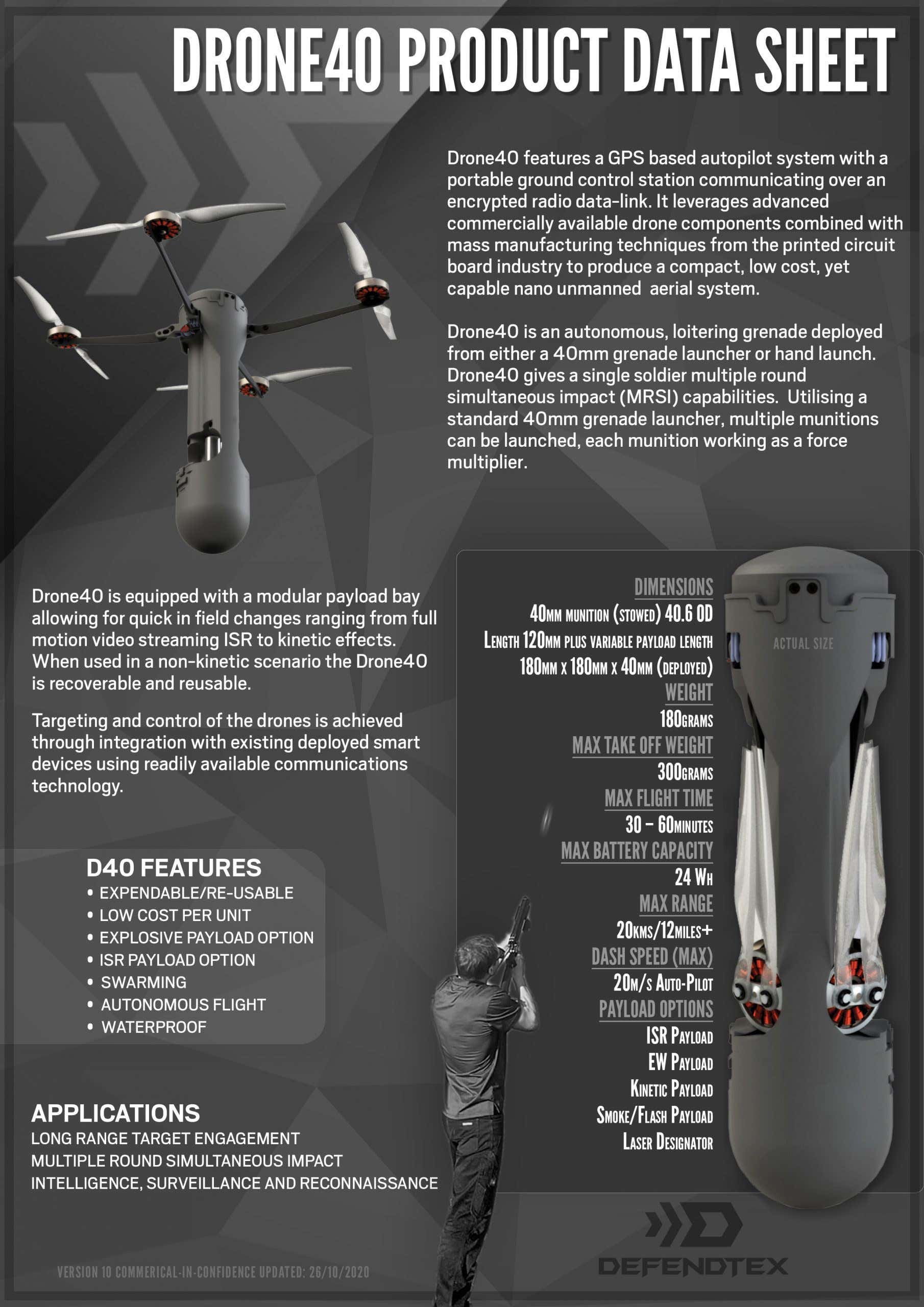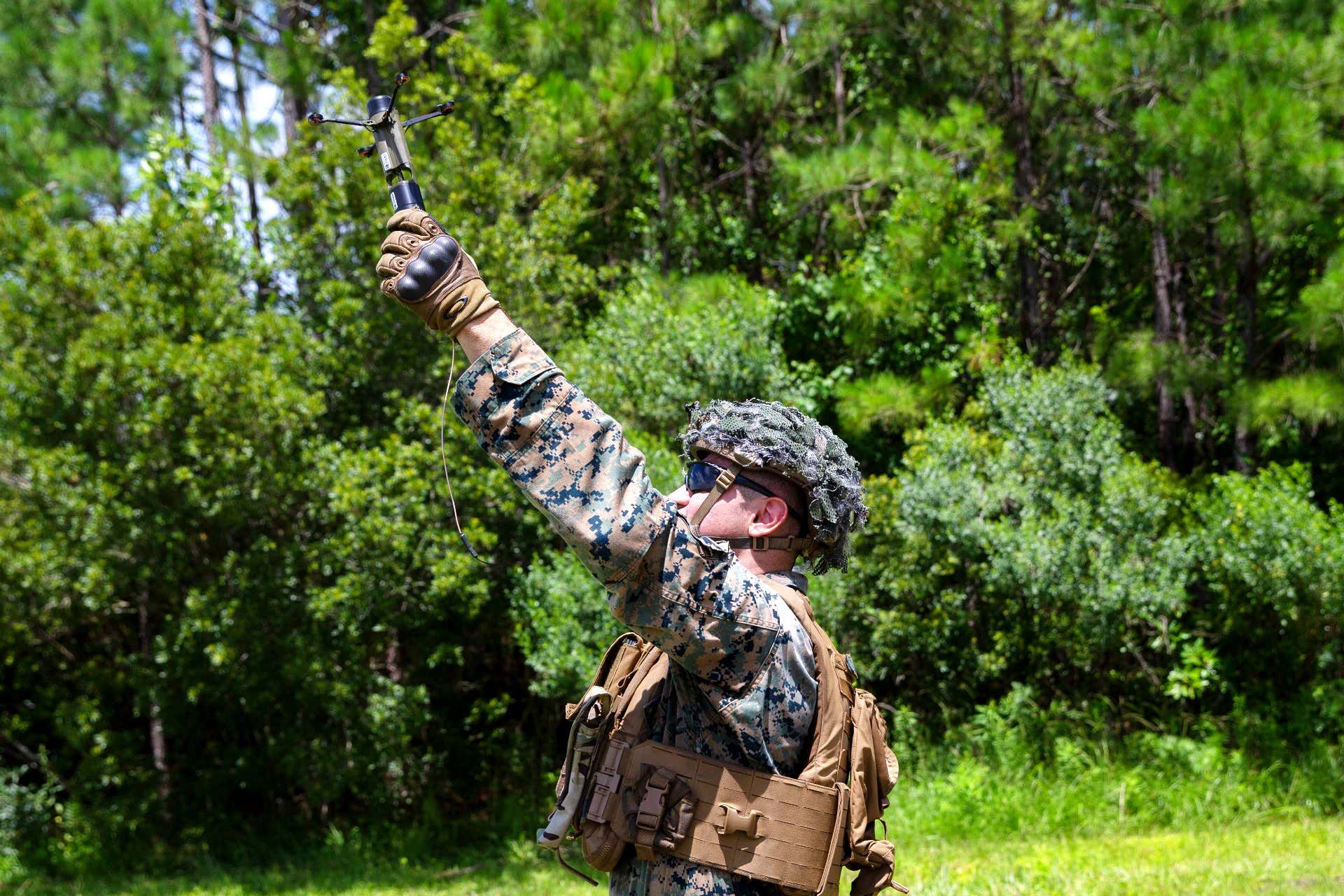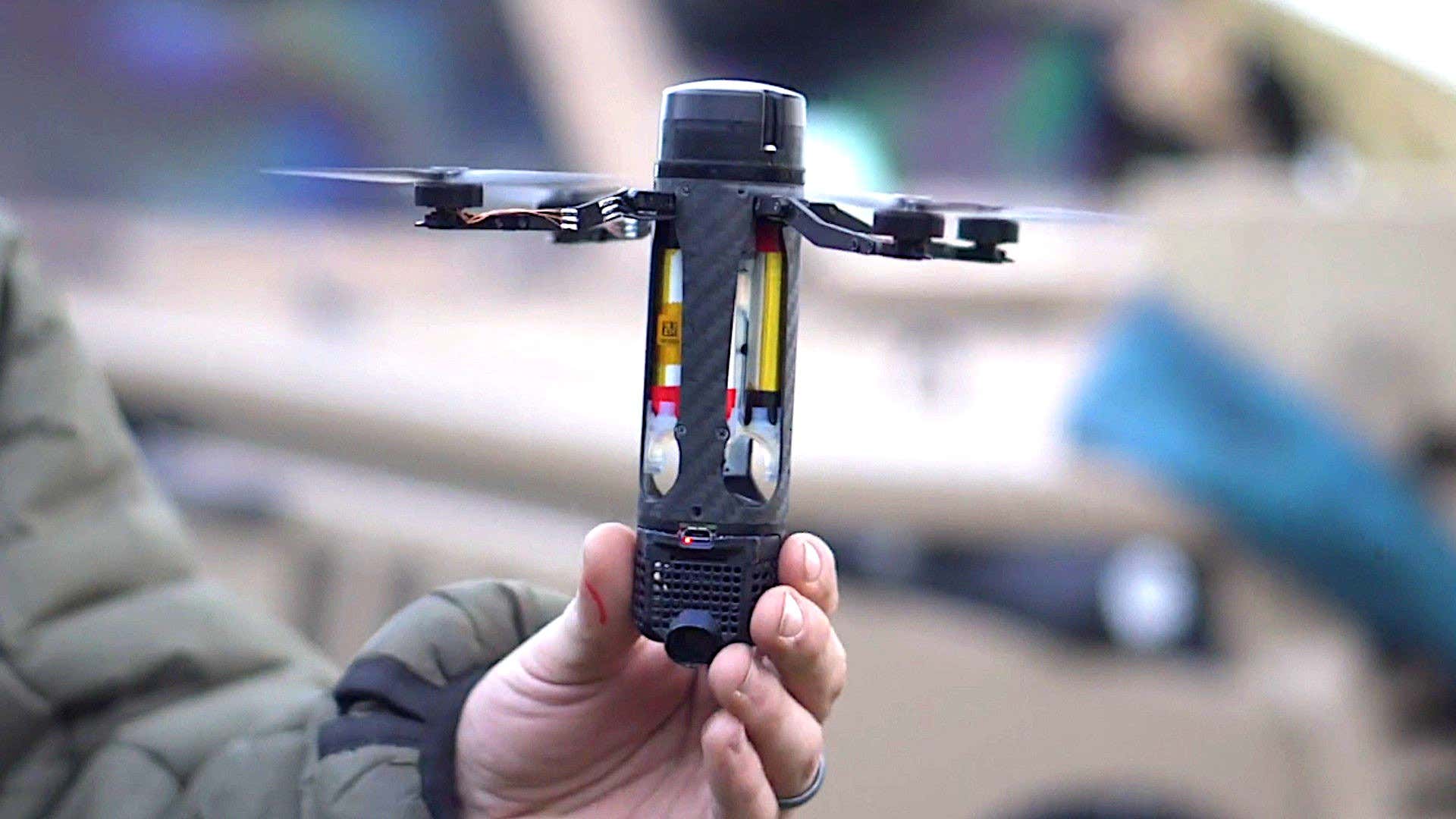See other World News Articles
Title: Marines Train With Handheld Swarming Drones
Source:
[None]
URL Source: https://www.thedrive.com/the-war-zo ... ed-from-40mm-grenade-launchers
Published: Aug 18, 2021
Author: Tyler Durden
Post Date: 2021-08-18 20:46:50 by Horse
Keywords: None
Views: 53
The claimed wide-ranging payload options mean the Drone40 can fit into many different roles. Units could launch the drones from behind cover to surveil enemy positions or even carry out attacks from above directly when fitted with the small warheads. The laser designator versions could paint targets that could be engaged by precision-guided munitions. The smoke payload could be used to shield friendly forces’ movements, while the one designed to produce a bright flash could turn the drone into a very flexible less-than-lethal weapon. The drones’ manufacturer even claims that the Drone40’s swarming capabilities could enable what is called "multiple round simultaneous impact," or MSRI. This means a single soldier could launch two or more drones with explosive warheads that would then loiter in the air until being order to swoop down on multiple targets a the same time. If multiple-warhead types were deployed in a single salvo, a relatively small force of Drone40-equipped units could engage complex and dispersed targets simultaneously, such as armored vehicles and the troops standing in the open beside them. Last year’s Force Design 2030 report states that “the Marine Corps requires a family of UAS capabilities” and must “transition from our current UAS platforms to capabilities that can operate from ship, from shore, and able to employ both collection and lethal payloads.” The Drone40 seems like it could fit into this goal, as it boasts a flight time of 30 to 60 minutes, a range of 12 miles, and can carry both types of payloads specified in the 2020 Force Design 2030 white paper. 


Post Comment Private Reply Ignore Thread